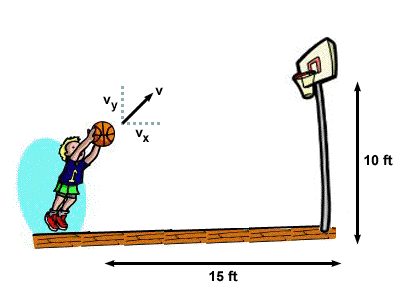IPad Battery
The battery used in an iPad is a lithium-ion battery. Lithium is the element of choice in this case because it is highly reactive, meaning a lot of energy can be stored in its atomic bonds. All of this energy is what allows us to play games, search the web, read books, and utilize all of the features we have on our iPads without the battery losing its charge too fast. The word ion is very important to recognize when talking about these batteries because it has both positive and negative charges stored inside of the cell, and they are unbalanced. When remembering the "mountain" image, it's easier to understand why in the battery, the lithium ions move from the negative electrodes to the positive electrodes (because electrons move "up the hill" towards the positive ions, and this creates energy(before this process happens it is just potential energy among the cells).
(A picture of the path of the protons/electrons)
As shown in the picture below, when the ipad battery in plugged into the charger, the ions are moving from the positive side(cathode) to the negative side(anode). This is happening because carbon has a negative charge, lithium has a positive charge, and opposites attract. When the battery is removed from the charger, the lithium moves back to the positive side of the battery. All of this happens at a higher voltage than most other batteries, allowing us to have such a long battery life when using our iPads because the more voltage, the more potential energy, and the more potential energy, the more active energy being put to use in our iPads.
This is a helpful video to understand how the battery works. Although in this case it shows the battery being put to use in a car, it is the same idea with and iPad.
http://electronics.howstuffworks.com/everyday-tech/lithium-ion-battery.htm
http://electronics.howstuffworks.com/everyday-tech/lithium-ion-battery1.htm








